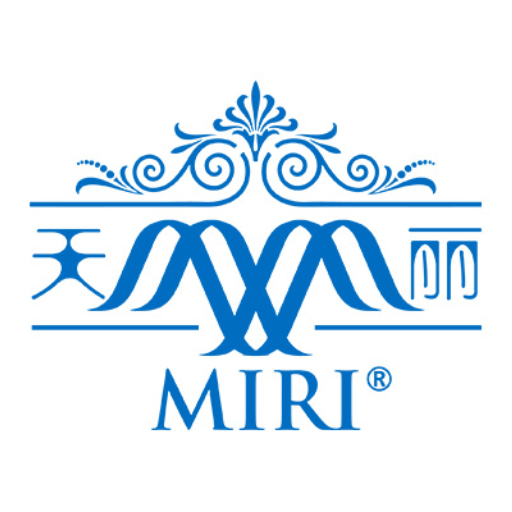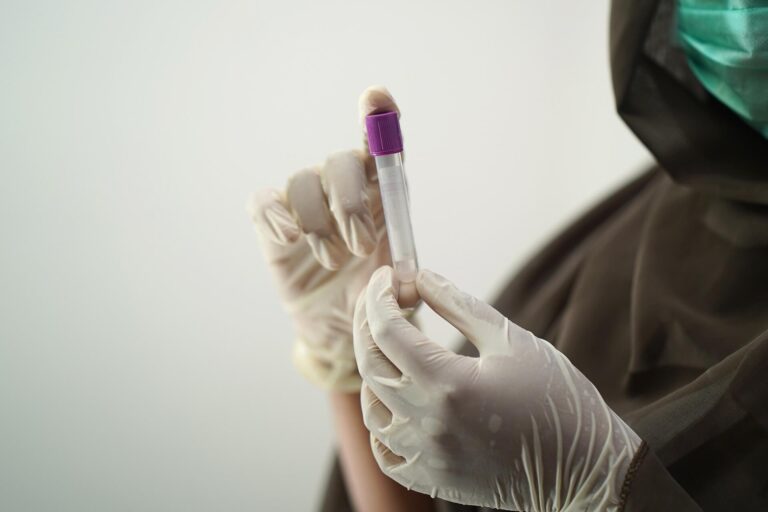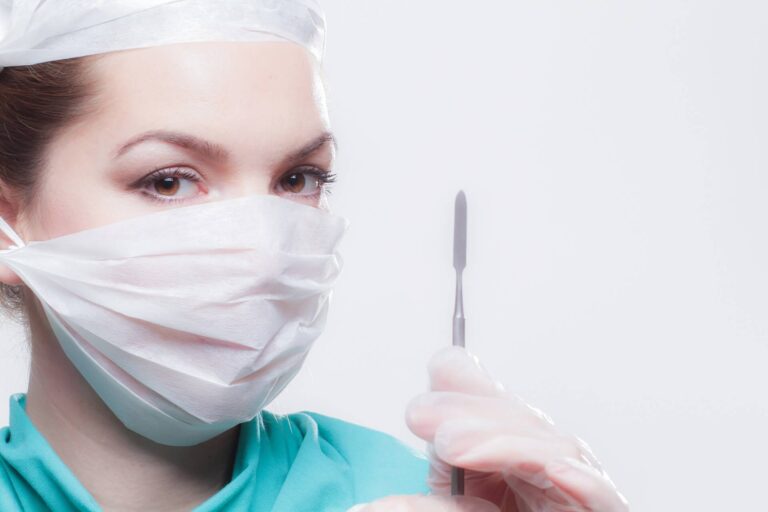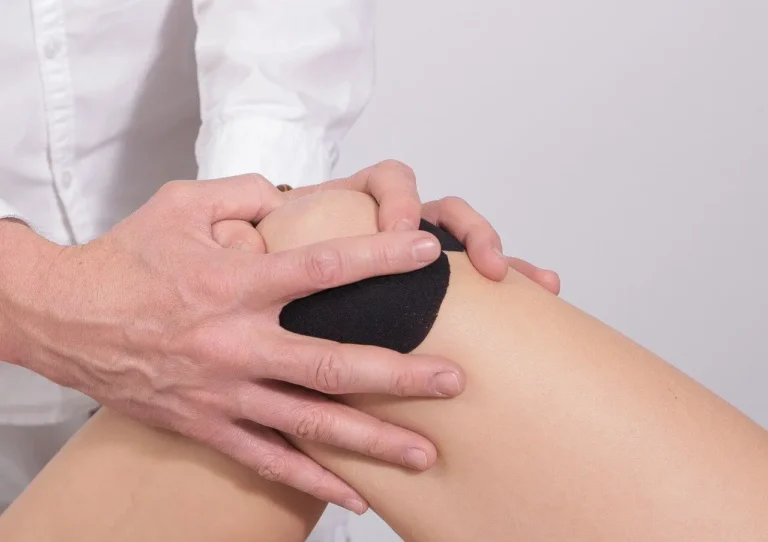Laparoscopy: Surgical Procedure To Examine The Internal Structures
A laparoscopy is a surgical procedure to examine the internal structures. A coloured solution is introduced into the uterus via the vagina and cervix. The laparoscope is inserted though a small cut in the abdomen wall. When the tubes are open, the coloured fluid can be seen to flow through them, and out into the pelvic cavity. If some fluid pools in little pockets, there may be scarring. The egg can get trapped in the pocket, and die. The pelvic cavity, ovaries, and uterus are also examined to see if endometriosis, inflammation, or some birth defect could be causing the problem. Where appropriate, surgical procedures to relieve a minor problem will be done at the same time.
A hysteroscopy is a procedure performed through the vagina. A fluid or carbon dioxide gas is introduced into the uterus via the vagina and cervix to expand the area and allow a better view. The mucus-secreting glands of the cervix are examined to see if they are working properly. The cervical canal and uterus lining are checked for structures which might add to the problem: polyps, fibroids, or bands of scar tissue. Some minor surgical procedures can be done at the same time, if appropriate.
A hysterosalpingogram (HSG) is an internal X-ray of the uterus and tubes. A radio-opaque dye is injected into the uterus through the vagina and cervix, and the X-ray is taken. HSG is a painful procedure. Cramps and spasm can give a false-positive result; there appears to be a blockage where, in fact, none exists. The iodine solution in the dye can cause an allergic reaction. HSG has become less popular in recent years.




